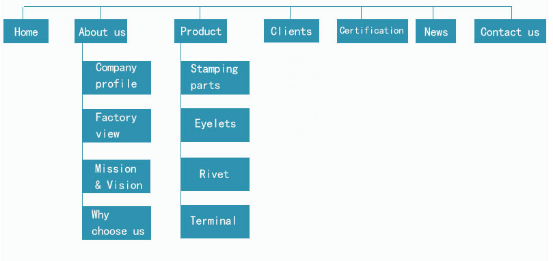selective catalytic converter
The Selective Catalytic Converter is a breakthrough in automotive emissions control devices and it is aimed to reduce the harmful exhaust gases produced by cars. Its chief functions are: it turns nitrogen oxides (NOx) to nitrogen and oxygen, and it turns unburned hydrocarbons into carbon dioxide and water. Technological features of the SCC include its advanced catalyst materials, which are able to stand up to very high temperatures, and it can aim at certain types of pollution without affecting the performance of the vehicle. Applications of the SCC are everywhere, especially in the automotive industry, where it is used to meet increasingly strict emissions standards while ensuring engine efficiency.

